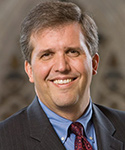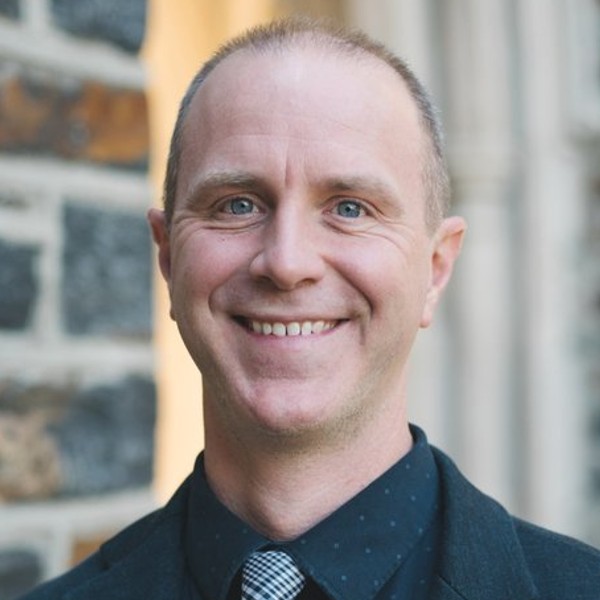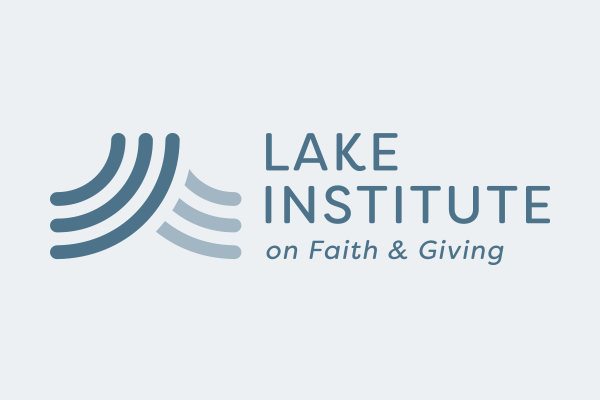Duke Corporate Education recently interviewed chief learning officers at major corporations in the United States and Europe to understand how the economic downturn had affected the training needs of their employees, including senior leaders. As I studied the findings, I was struck that Duke Divinity School could not have participated in this survey.
We don’t have a chief learning officer. I couldn’t think of a single Christian institution that does.
Why do corporations have them, and we don’t? Yes, we are nonprofit institutions whose very purpose (in the case of seminaries) is education, so everyone is a “learning officer.” Our institutions are usually relatively small, so perhaps we don’t have the funding for a full-time chief learning officer.
Yet those explanations seem defensive and shortsighted rather than compelling. Ironically, educational institutions, Christian and otherwise, have become complacent in a conviction that we “know” what it means to teach and learn. Might we gain significant insights about teaching and learning in formal classrooms if we became more explicit about the learning needs of our own employees and other practicing professionals? Might we more effectively achieve our mission if we invested in our employees the way we invest in our students? The answer is a clear and unequivocal yes.
I found the insights in the Duke CE report to have enormous implications for how Christian institutions could focus the work of a learning officer to support practicing Christian leaders in their own vocations. The report advocated building organizational capabilities rather than just individual competencies; changing mindsets rather than simply cultivating skills; team-based learning to change everyday behaviors; web-based platforms for training and development; and keeping learning close to the work (this presumes that people have also received formal, formational education in degree programs that are crucial to their basic work).
I was intrigued to discover the 70-20-10 principle among chief learning officers for continuing training and development needs: 70 percent of learning occurs in the workplace, 20 percent from coaches/mentors and only 10 percent from formal educational “continuing education” programs. Yet in Christian institutions we typically have reversed these numbers and presume that most learning for Christian clergy, laity and institutional leaders will occur through formal learning opportunities.
To reverse this trend, CEOs of Christian institutions need to look first at their own practices. It is far too easy for a CEO to become single-mindedly focused on the lecture circuit -- that is, delivering his or her vision to employees and expecting it to take hold. But that pattern does not take into account the way most adults learn. It creates a culture in which employees receive information rather than actually learn, initiate and innovate. What would it mean to focus our Christian institutions on what we need to learn, rather than what we already know that we are going to share? How much more effective might we be if we think of ourselves first as learners rather than lecturers?
There is clear theological warrant for doing so. Given our convictions about the ways in which sin, personal and systemic, causes moral and epistemological blindness in ourselves and others as well as our organizations, we of all people and institutions ought to place a premium on the importance of lifelong learning.
But CEOs of Christian institutions don’t have the bandwidth to serve simultaneously as chief learning officers. And there is great urgency, in this time of great ecclesial and cultural transition, to create learning cultures within our organizations. We can learn from A.G. Lafley’s strategy at Procter & Gamble, explored in Roger Martin’s “The Design of Business.” Lafley knew he needed more innovation in the organization, and that he had neither the time nor the temperament for the job. So he promoted a gifted woman to serve on his senior leadership team as Procter & Gamble’s first vice president for design strategy and innovation. In so doing, he told this woman that her responsibility was to consistently ask the uncomfortable questions about innovation that people in the organization would otherwise not raise.
Christian institutions of any size ought to do something similar: Designate a specific person to focus on learning and serve as a member of the senior leadership team. I suspect such a person would also serve to foster innovation and new opportunities for partnership and connection with constituencies. That would be the first step to creating a learning mindset that begins at the top and stretches throughout an organization.
Cisco Systems is well-regarded as perhaps the most innovative organization in the world. To hear Cisco’s CEO John Chambers tell it, that reputation is not primarily because of his style or that of the senior leadership team. Chambers attributes Cisco’s success to its commitment to learning. He says that if you rely on your own ideas for innovation, you will always be behind the curve. But if you are willing to learn wherever you can, from whomever you can, you will likely be far more creative and innovative than you could ever have been on your own.
Where can you go to expand your own learning? Whom can you empower to help you?










